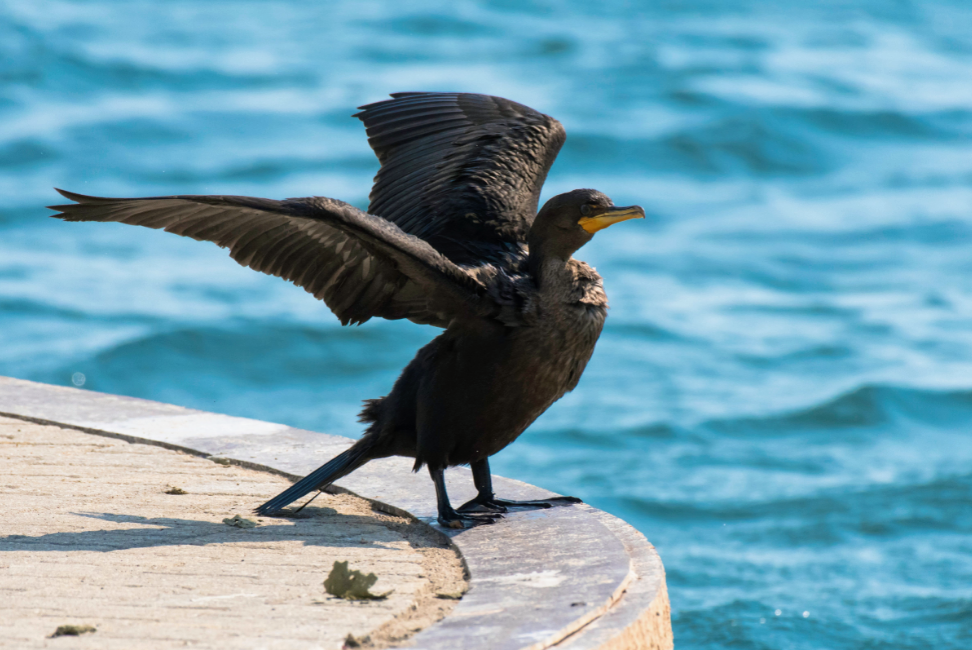
Bird dispersal controlled by wing shape
Bird dispersal has long been thought to be controlled by complex factors. New research by Dr. Santiago Claramunt, Associate Curator of Birds at the Royal Ontario Museum, provides a different explanation.
Published in the journal Ecology, the study suggests that bird dispersal from hatching site to breeding territory depends on the shape, size and physiology of the wing.
A basic question in ecology is how far a bird disperses from where it hatches to its adult territory. For many species, the question of bird dispersal has still not been answered, despite the prevalence of tracking devices.
“The factors responsible for variation in dispersal distances across species remain poorly understood. Previous comparative studies found differing results and equivocal support for theoretical predictions,” wrote Dr. Claramunt.
“Here I re-examine factors that influence natal dispersal distances in British birds while taking into account the cost of transport as estimated from proxies of long-distance flight efficiency.”
Using specimens from several locations and dispersal data on birds from the British Isles, Dr. Claramunt matched various wing types with different dispersal distances.
Previous research already suggested that long wings are more efficient for long flights. The current study has simply confirmed that birds with long wings do indeed dispersal further afield. Birds with shorter, rounder wings such as the omnipresent house sparrow (Passer domesticus) fly shorter distances.
The idea has important implications for conservation of birds. Previous research shows that flightless birds, such as the dodo, are at much greater risk of extinction. It’s possible that birds with poor flight ability might also be at risk.
By using the research predictions and museum specimens of birds, those species at greater risk can more easily be identified and hopefully protected. “Climate change and habitat fragmentation are having a huge impact on bird populations and the capacity of species to move across the landscape can determine which species will thrive and which may become endangered,” explained Dr. Claramunt.
“Species with reduced flight capabilities will have a harder time dealing with these impacts.”
—
By Zach Fitzner, Earth.com Staff Writer













